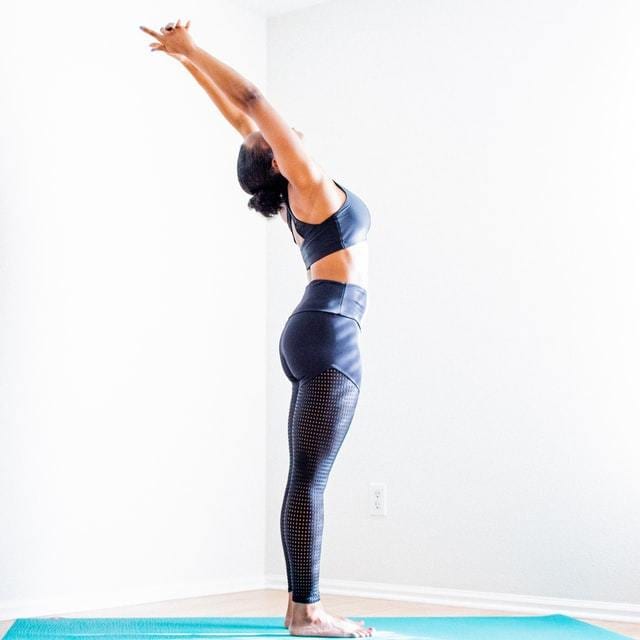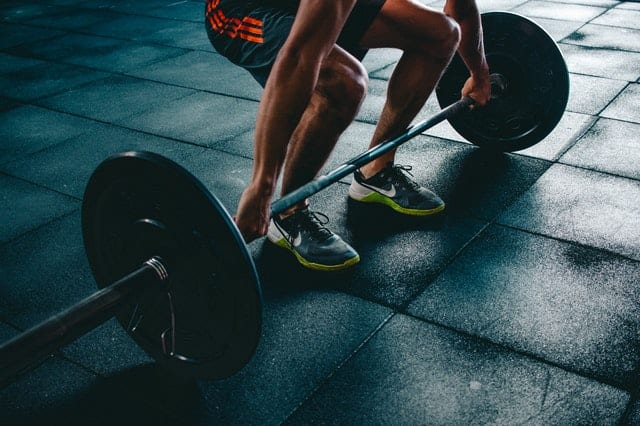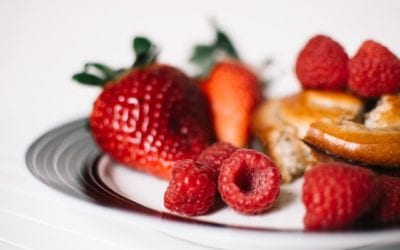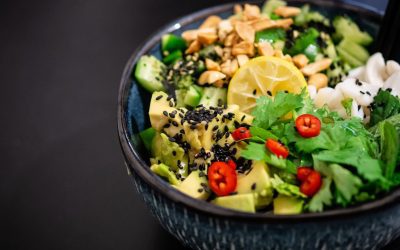If healthy eating feels overwhelming or too time-consuming, you’re not alone. Between work, family, and just trying to keep up, most people don’t have time to count macros or follow rigid diet rules.
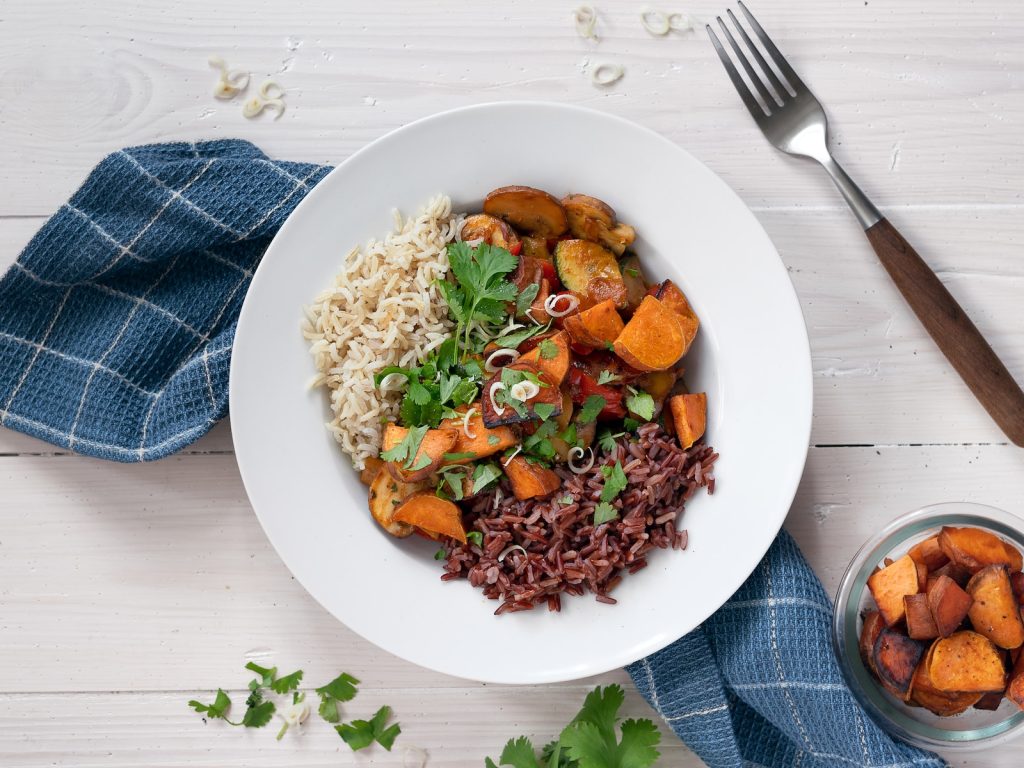
That’s where the Perfect Plate Formula comes in — a simple, visual way to build balanced, satisfying meals without stress.
This method works whether you’re cooking at home, eating out, or building a quick lunchbox. It helps with weight management, blood sugar control, energy levels, and even cravings. This method is backed by nutritional research too — like the Harvard Healthy Eating Plate, which inspired many of the same principles.
Let’s break it down.
Table of Contents
What Is the Perfect Plate Formula?
The Perfect Plate Formula is a visual guide for portioning your meals based on whole food groups. You don’t need scales or tracking apps — just your plate.
Here’s the general rule:
- ½ of your plate = non-starchy veggies
- ¼ of your plate = lean protein
- ¼ of your plate = smart carbs (or healthy fats depending on your goal)
It’s easy to remember, flexible for different dietary needs, and helps ensure you’re getting a balance of nutrients with every meal.
Why It Works (And Why It’s Better Than Calorie Counting)
- Sustainable – No need to micromanage your food.
- Flexible – Works with all eating styles (omnivore, plant-based, paleo, etc.)
- Visual & Intuitive – You can “eyeball” your meals anywhere, even when eating out.
- Encourages Whole Foods – Fewer processed meals = better gut health and energy.
- Reduces Decision Fatigue – No more “what should I eat?” anxiety.
Step-by-Step: How to Build Your Perfect Plate
1. Fill Half Your Plate with Non-Starchy Veggies
Think: leafy greens, broccoli, peppers, cauliflower, tomatoes, cucumbers, zucchini, etc.
They’re packed with fiber, volume, and nutrients — and they help keep you full without excess calories.
Examples:
- Roasted broccoli + side salad
- Stir-fried veggies with garlic and olive oil
- Raw veggie sticks with hummus
2. Add a Quarter Plate of Lean Protein
This is your anchor for fullness and muscle recovery.
Lean protein options:
- Grilled chicken, turkey, or salmon
- Tofu, tempeh, lentils (for plant-based eaters)
- Greek yogurt or eggs
Protein helps regulate blood sugar, preserves lean muscle, and supports metabolism.
3. Include a Quarter Plate of Smart Carbs or Healthy Fats
Pick one depending on your energy needs and goals. If you’re more active, go heavier on carbs; if you’re sedentary, lean into fats.
Smart carbs:
- Quinoa, sweet potatoes, brown rice, fruit
Healthy fats: - Avocado, nuts, seeds, olive oil
This balance keeps you energized and prevents the crash that comes from carb-heavy meals.
Real-Life Plate Examples
Example 1: Post-Workout Dinner
- Grilled chicken breast
- Steamed broccoli + roasted carrots
- Quinoa
- Olive oil drizzle
Example 2: Busy Lunch
- Turkey lettuce wrap
- Raw veggie sticks
- Small apple + almonds
Example 3: Plant-Based Plate
- Lentil stew
- Side of roasted Brussels sprouts
- Brown rice
- Tahini sauce
Tips to Make the Perfect Plate Work in Real Life
- Batch prep veggies and proteins on Sunday
- Use meal prep containers divided into sections
- Aim for color – more colors = more nutrients
- Take photos of your meals to build visual memory
Bonus: Perfect Plate for Fat Loss or Muscle Gain
To tweak the formula for your goals:
- Fat loss – go heavier on veggies, moderate on carbs
- Muscle gain – increase protein and carb portions slightly
- Maintenance – stick to the base formula and adjust based on hunger cues
Final Thoughts
Eating healthy doesn’t have to mean counting calories or giving up your favorite foods. The Perfect Plate Formula simplifies nutrition into something you can stick with — at home, work, or on the go.
Want help making this part of your routine? Start with our free 14-day trial of the [Fitness Lifestyle App] — complete with meal suggestions, grocery lists, and accountability coaching built in.
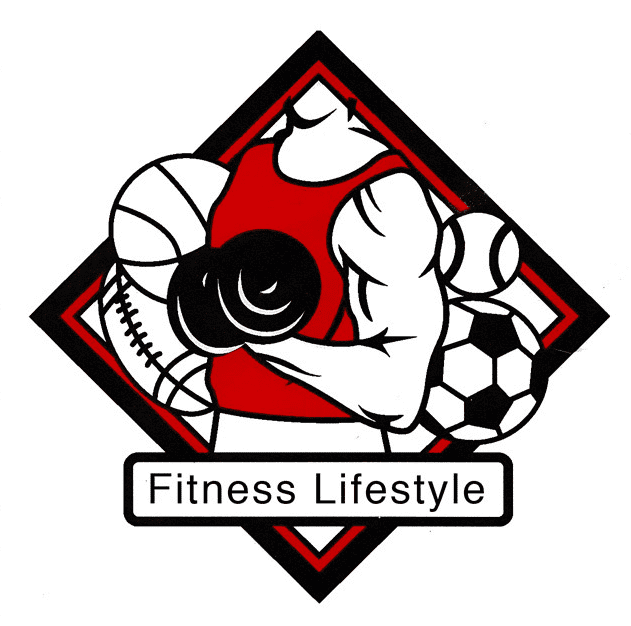

), //www.fitnesslifestylellc.com/wp-content/uploads/2024/10/3076514.jpg))

), https://www.fitnesslifestylellc.com/wp-content/uploads/2024/10/3076514.jpg))





